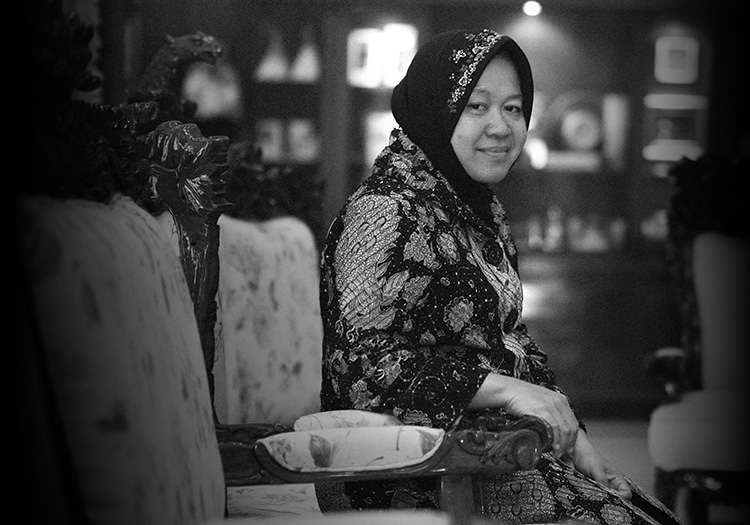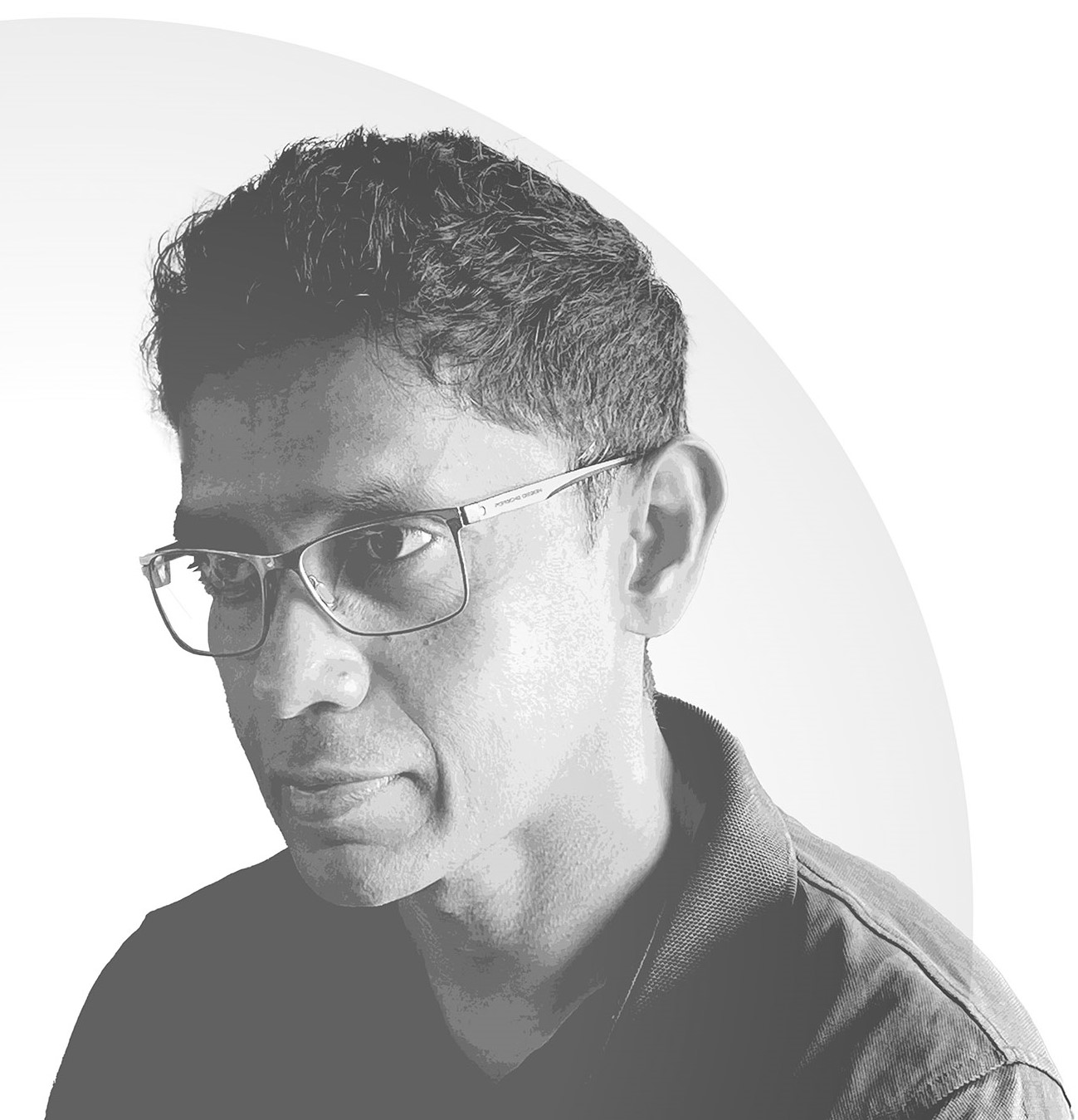Tri Rismaharini
November 26, 2017
LM: How has your background in architecture/urban planning impacted the way you look at the city and its problems?
TR: In a way, my background has helped me position my decisions around people.
The civil servants from the educational, health and infrastructural departments work closely with me and with one another to ensure the people’s welfare. This act of negotiation and convincing stakeholders to deliver positive outcomes is also a big takeaway from my prior experiences with the government. I believe in the saying vox populi vox
LM: What makes the participatory planning model of your government successful?
TR: People’s participation in the workings of government schemes is not a novel idea, as many leaders across the world employ it in various aspects of their official standing. However, in view of the development of Surabaya city, we
For example, the Green & Clean programme that was launched in 2005 was a breakthrough in both curbing garbage issues and proliferating green spaces in the city. The purpose of this programme was to provide an insight to the public about the importance and benefits of having a hygienic, natural environment, which is the first step to maintaining and improving it. The city government worked in tandem with the media, private companies
LM: Being the head of the Public Cleanliness and Parks Department (2005–2008), what are the key milestones of your tenure?
TR: In the Public Cleanliness division, there was an imminent need to
The reduce-reuse-recycle campaign was a huge step in addressing the garbage bottlenecks in the city systems. It received widespread appeal amongst the public, with studies indicating that there were about 73.63 tonnes lesser waste reaching the landfills per day. Additionally, the potential
At present the waste-to-energy plant at Benowo produces up to 2 megawatts (MW) of electricity. The upcoming gasification plant is expected to produce above 12 MW, 75 per cent of which will feed into the state electricity company. The electricity generated is expected to reduce the load on the government’s upkeep towards public facilities. For example, the Wonorejo composting house supplies approximately 4000 watts/12 hours for the upkeep of the Bratang Flora Park.
As part of the Public Parks Division, we have attempted to restore the allotment of green, open spaces as per Surabaya’s spatial planning standards.
The ecological, sociocultural, aesthetic and economic functions of green spaces are given a lot of thought prior to the development of park spaces in Surabaya, with ecological value superseding the rest. Biodiversity impacts are the main consideration during the determination of plant species. Apart from the aesthetic qualities of plants and trees, their contribution to the absorption of gaseous emissions is a major factor in their strategic placement within the city’s parks. Every zone is optimally developed and
To read the complete article, get your hardcopy at our online shop/newsstands/major bookstores; subscribe to FuturArc or download the FuturArc App to read the issues!
Previously Published FuturArc Interview
Contact us at https://www.futurarc.com/contact-us for older interviews.



